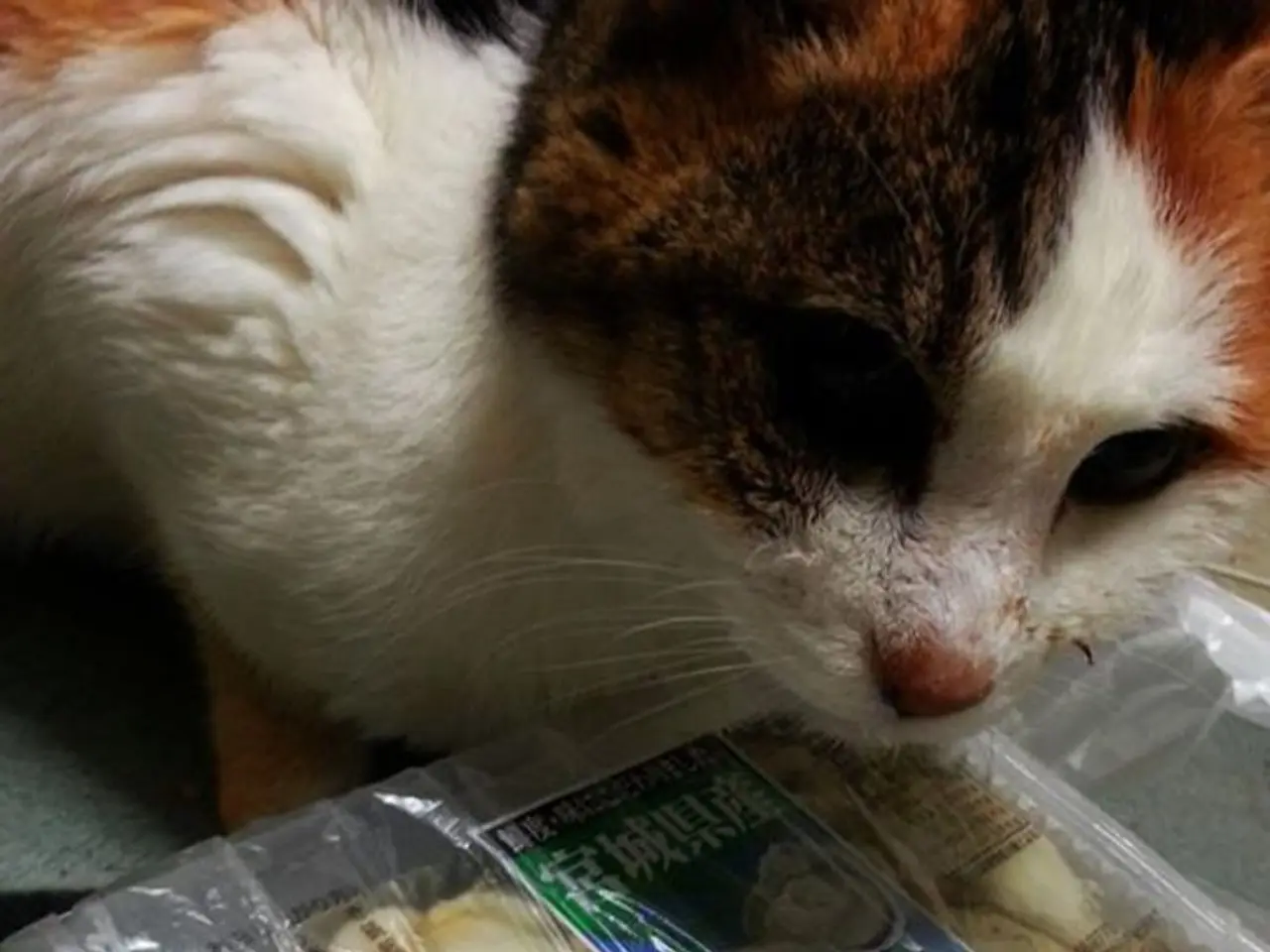Raw Pet Food Safety: Enhanced Measures Needed Against HPAI Threat
Raw pet food manufacturers may need to enhance their safety measures due to the risk of highly pathogenic avian influenza (HPAI) transmission to pets, particularly cats. This follows multiple worldwide outbreaks, often leading to severe illness or death.
HPAI, specifically the H5N1 clade 2.3.4.4b lineage, has spread globally, infecting various species including wild birds, poultry, and mammals. Both cats and dogs can contract HPAI through respiratory exposure, with cats showing higher morbidity and mortality. As raw pet food consumption grows, continued research and surveillance at the human-animal interface are crucial to manage disease risks.
To mitigate these risks, raw pet food manufacturers may need to implement enhanced controls. The combination of high-pressure processing (HPP) and lactic acid fermentate (LAF) provides a practical solution. HPP can effectively inactivate pathogens like Salmonella, E. coli, and Listeria, while LAF enhances this effectiveness, achieving complete inactivation and preventing regrowth during storage. Manufacturers like Biofermentics and LAB International are contributing to the use of LAF and HPP in reducing health risks in raw pet food for dogs and cats.
With the growing consumption of raw pet food, manufacturers must ensure product safety and quality. Implementing enhanced controls such as HPP and LAF can help mitigate the risk of HPAI transmission to pets and potentially humans. Continued research and surveillance are vital to manage disease risks at the human-animal interface.
Read also:
- Is it advisable to utilize your personal health insurance in a publicly-funded medical facility?
- Dietary strategies for IBS elimination: Aims and execution methods
- Benefits, suitable dosage, and safety considerations for utilizing pumpkin seed oil in treating an overactive bladder
- Harmful Medical Remedies: A Misguided Approach to Healing




